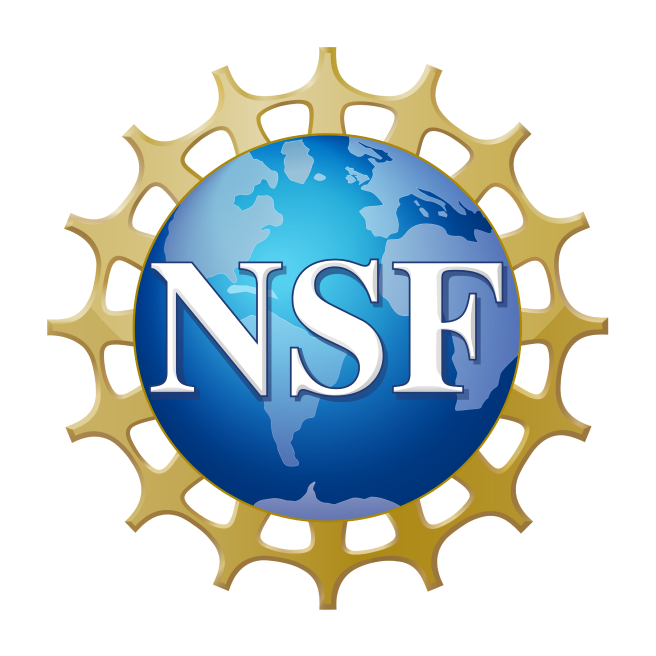North Slope Borough, AK
Resilient Arctic Innovations for Sustainable Communities in Extreme Environments (RAISE)
Organization: The Pennsylvania State University
Primary Investigator: Ming Xiao
Research Track: Building Resilient Communities Through Preparedness
NSF Abstract
This Smart and Connected Communities (SCC) Civic Innovation Challenge (CIVIC) project is focused on increasing resilience of North Slope Alaskan Arctic coastal communities threatened by increased coastal erosion, flooding, and ground subsidence as a result a rapidly warming Arctic, changes that are threatening property and infrastructure and impacting food security and community well-being. The project creates high spatial-resolution, reliable, hazard risk-assessment, forecasting, decision-support tools that can be used for disaster management and community planning. It is a collaboration between the Pennsylvania State University; University of Alaska Fairbanks; Ukpeaġvik Iñupiat Corporation Science; the Alaskan North Slope Borough government; and the Alaskan coastal towns of Utqiaġvik and Wainwright. The work uses ground- and drone-based data collection and site monitoring of permafrost changes as well as satellite remote sensing data to generate GIS- and web-based maps for quantitative risk assessment and hazard forecasting. This yields hazard maps that are easily accessible and understandable by community and civic parties. It also creates data collection and analysis protocols that allow local governmental and tribal officials to communicate coastal, ground subsidence, decomposing permafrost, and flooding hazards to community residents which can inform and accelerate development of mitigations and new strategies for future scenarios involving infrastructure planning, resource allocation, repair of critical coastal sections, and community relocation. Broader impacts include approaches and tools that can be adopted by other coastal regions in Alaska and across the lower US 48 states. Impacts also include workforce development through participatory community data collection and analysis efforts in obtaining and processing drone images. This will help local communities to update the maps and understand how to use project deliverables to allow project results and data collection/analysis efforts to continue beyond the end of the one-year CIVIC award.
This project and the process and procedures it develops fills a critical need of coastal communities in Alaska and elsewhere. Project design will involve significant community and civic government input into project requirements and result in a sustainable data collection/analysis framework that will sustain project results into the future. The work involves establishing ground- and drone-based monitoring of permafrost changes and combining that information with enhanced remote sensing and image processing. These data will be used, in addition to other inputs, to create three types of high-resolution GIS- and web-based maps that have the capability of projecting future changes in the landscape that could impact zones of habitation and infrastructure installation. Products will include permafrost maps that show near-surface ground temperature (0 to 10 meters depth), including active and talik layer thickness; Arctic coastal hazard index maps that incorporate coastal erosion, flooding, and land subsidence due to permafrost thawing; and infrastructure (i.e., buildings, roads, pipelines, etc.) performance maps that take into account ground subsidence/settlement and load-bearing capacity of foundations. Web-based tools will be easy to understand by community and civic partners and can be displayed on computers or smartphones. These allow users to choose various 'what-if' climate and environmental scenarios to inform decision-making for coastal developments as well as explore possible impacts of erosion and other ground instabilities that are increasing in number due to decomposition of permafrost and other environmental changes. Data collection and input is designed to be straightforward for easy maintenance; and maps have high spatial resolution and fine temporal scale that should allow year-by-year projections of coastal risks in for up to, at least, the next 20 years.
This award reflects NSF's statutory mission and has been deemed worthy of support through evaluation using the Foundation's intellectual merit and broader impacts review criteria.

